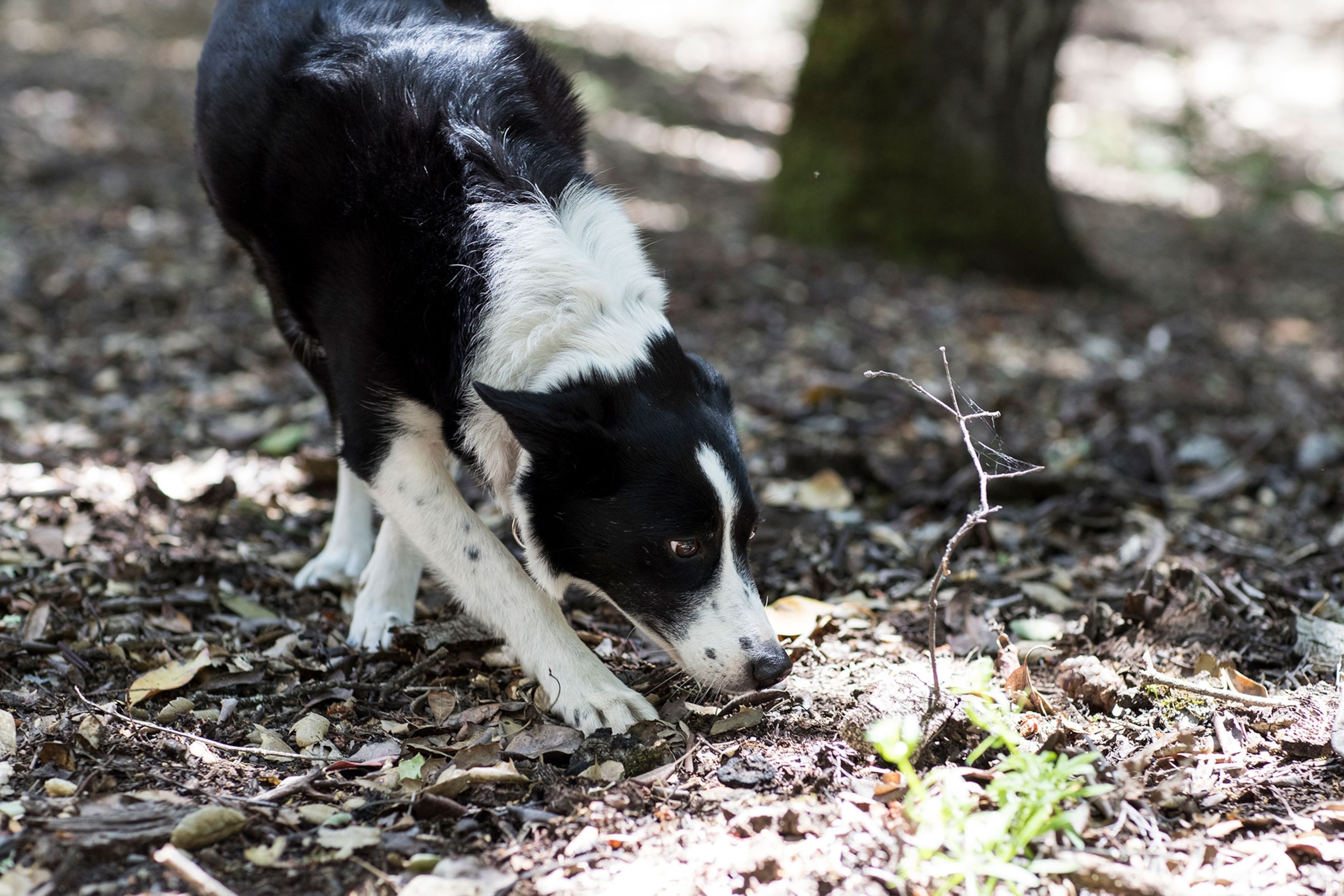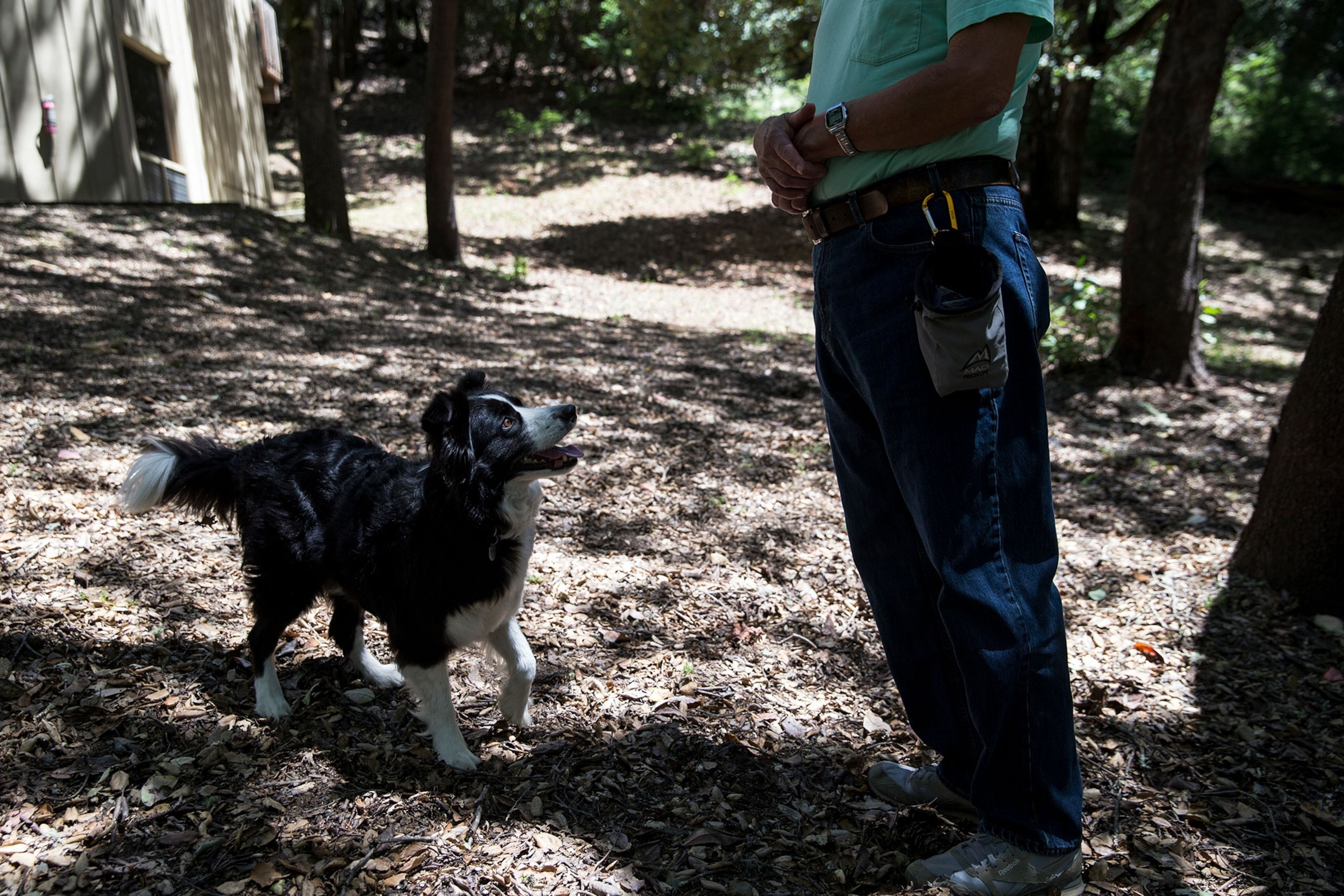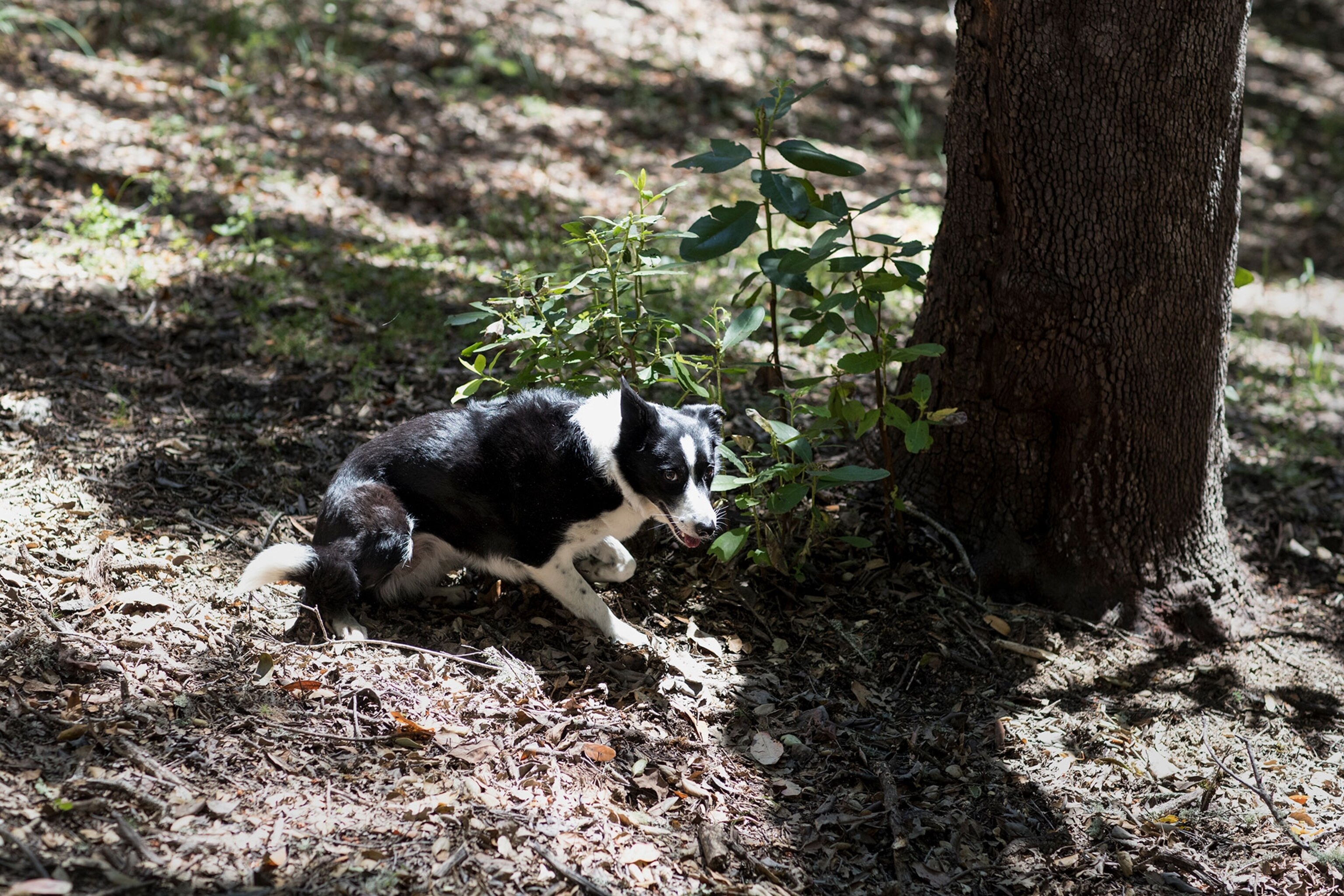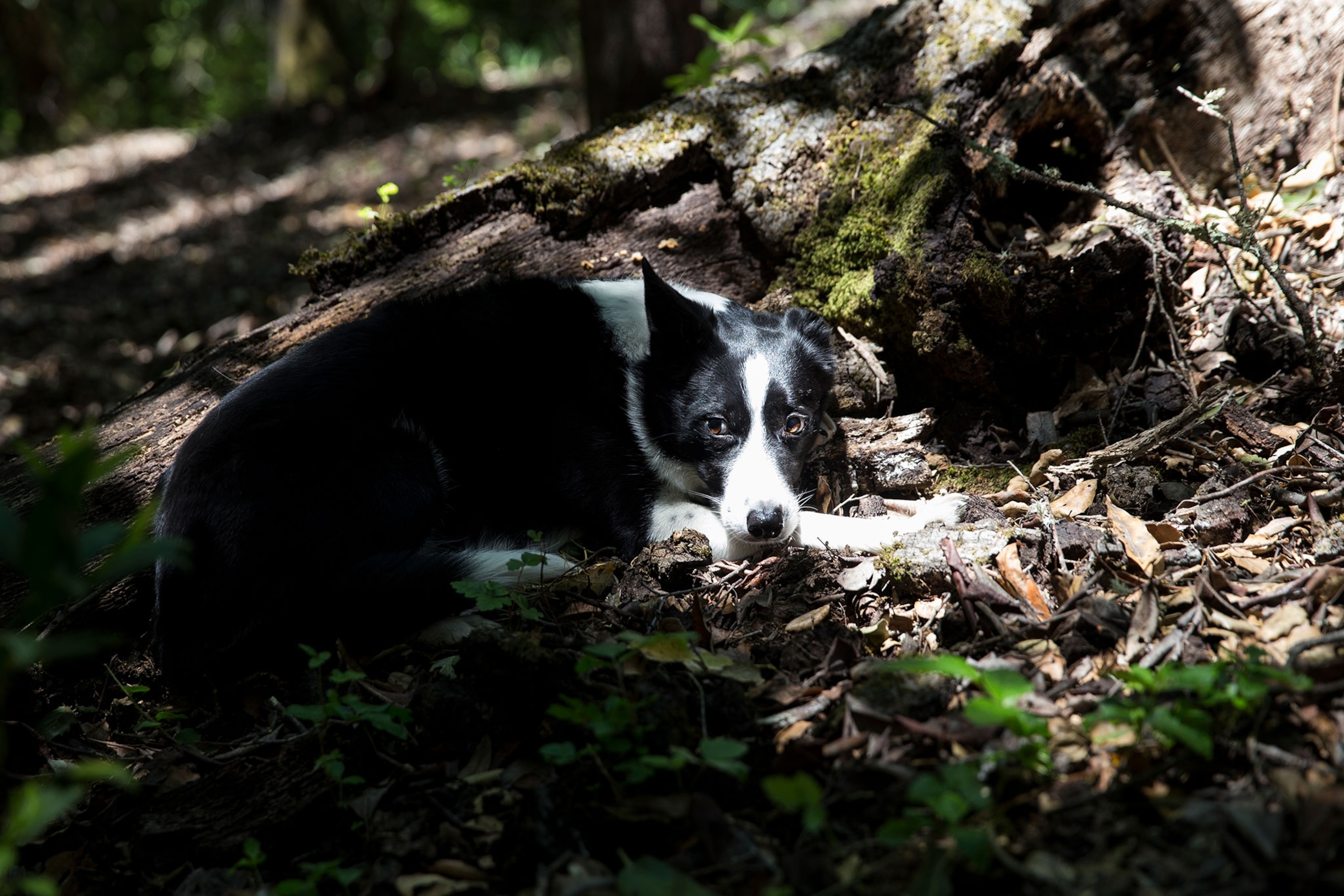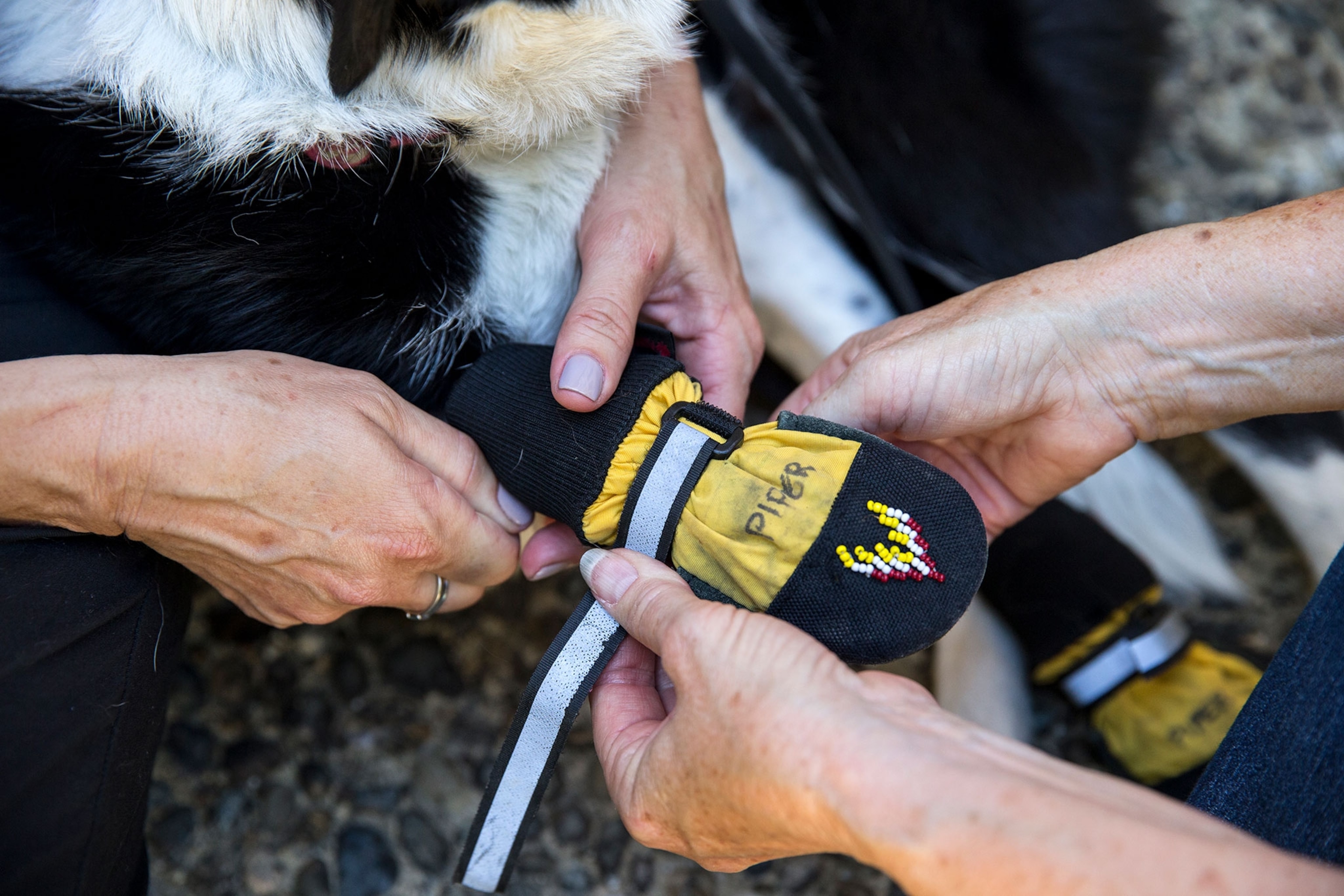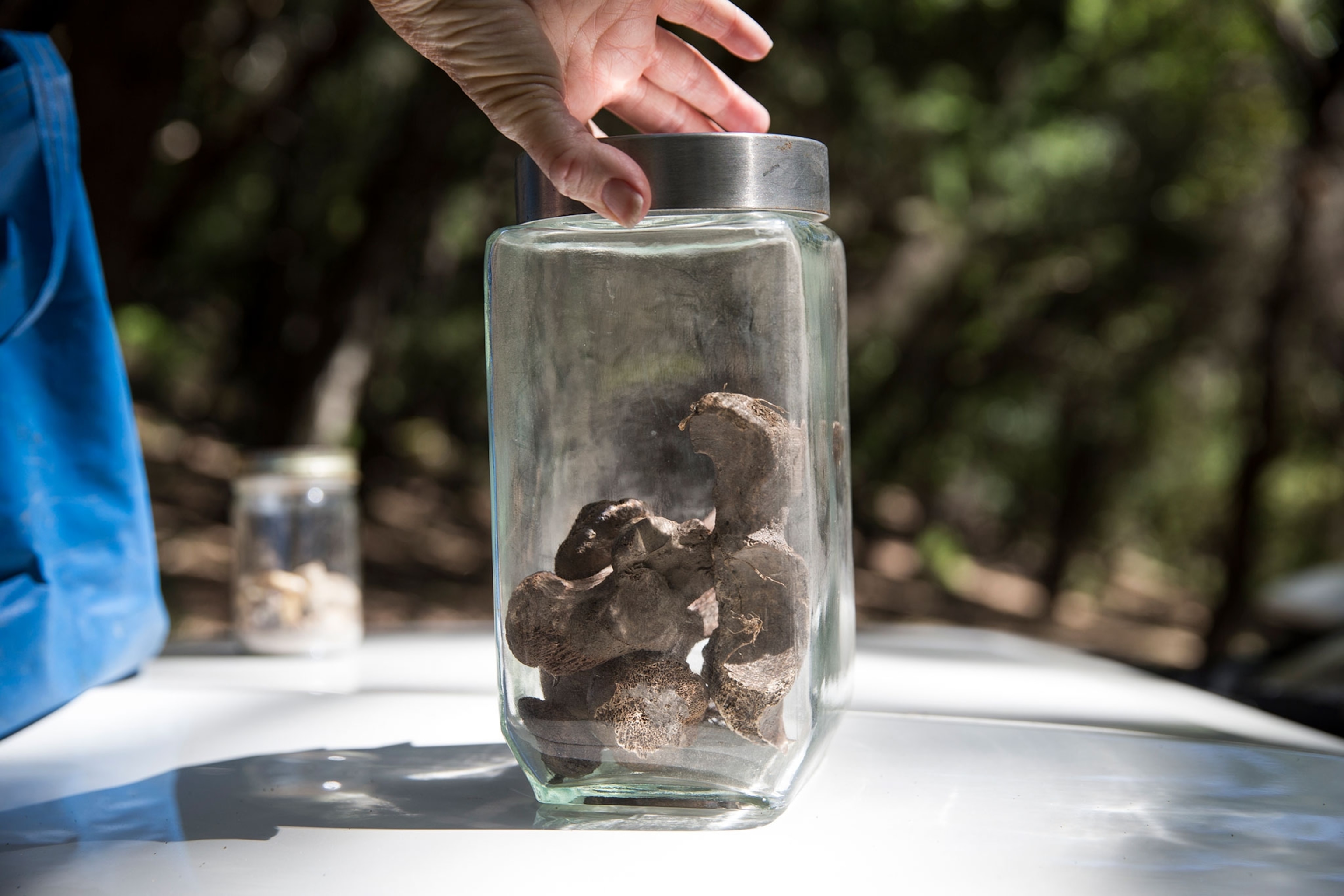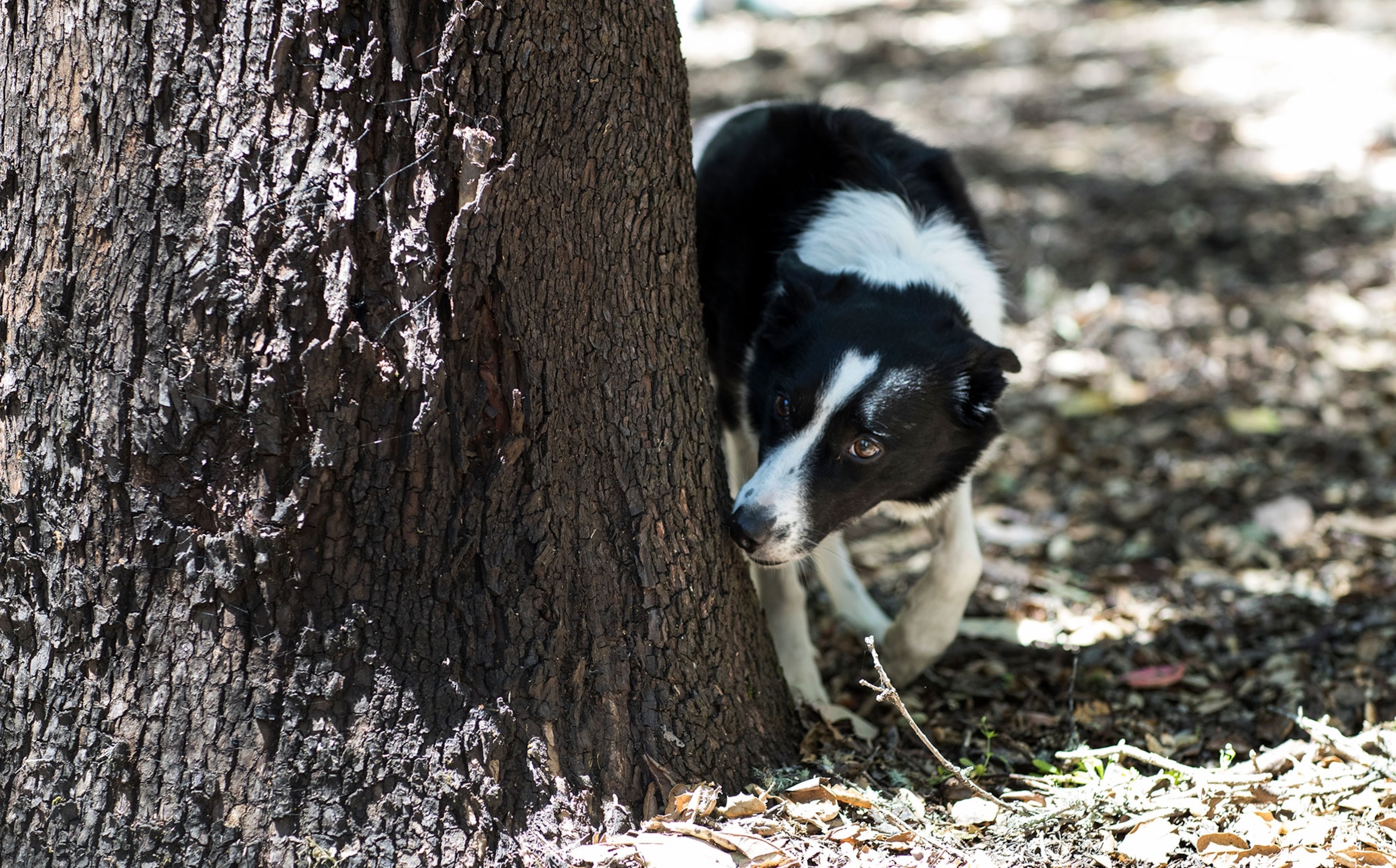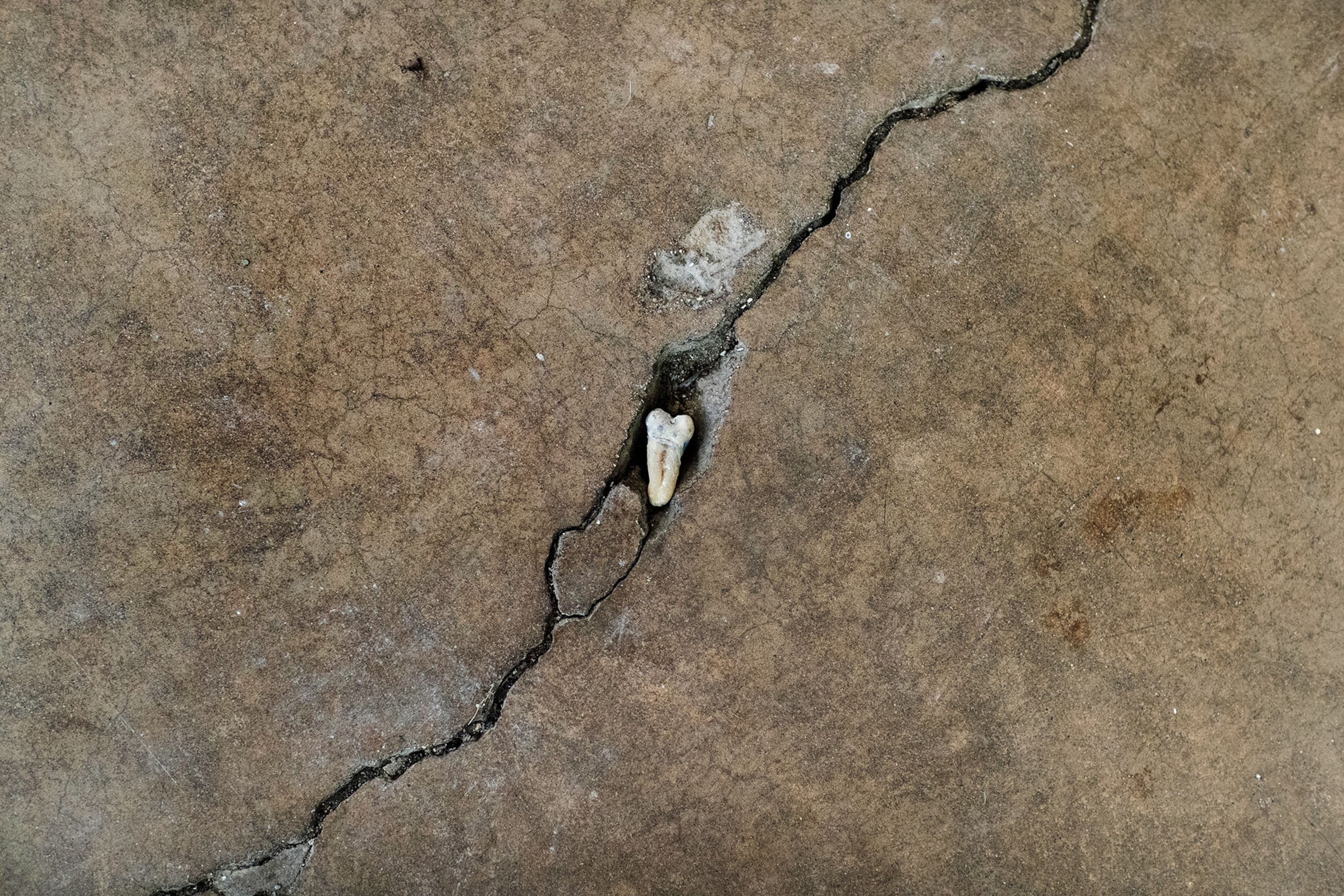Top 3 Theories for Amelia Earhart's Disappearance
Eighty years since she disappeared, Earhart's fate remains one of aviation's greatest unsolved mysteries.
On July 2, 1937, Amelia Earhart and navigator Fred Noonan took off from Lae, New Guinea, in a Lockheed Electra 10E on one of the last legs of their around-the-world flight. They were aiming for tiny Howland Island just north of the equator in the central Pacific Ocean. They couldn’t find Howland, however—and despite many attempts, no one has been able to find them since.
The U.S. Coast Guard and Navy scoured the area by ship and plane for two weeks. George Putnam, Earhart’s husband, enlisted civilian mariners to continue the hunt. Over the years, enthusiasts have looked for signs of Earhart or her plane in the Marshall Islands, on Saipan, and deep underwater.
Eighty years on, the mystery surrounding her disappearance—and the excitement around solving it—has hardly waned. An upcoming History Channel documentary, for instance, claims to reveal an archival photograph showing Earhart and Noonan alive on a dock in the Marshall Islands, hundreds of miles from Howland.
Meanwhile, an expedition sponsored by National Geographic is currently underway in Nikumaroro, an island 350 nautical miles away from Howland where some believe Earhart crash-landed. The expedition is combing the island with four dogs that specialize in sniffing out deeply buried and ancient human remains. (Read more about the expedition here.)
Want to catch up on the mystery of Earhart and the competing theories for how she and her navigator disappeared? We’ve got you covered.
(Read Amelia Earhart's speech on accepting the National Geographic Society's Special Medal.)
Theory 1: Open-Ocean Crash Near Destination
The official U.S. position is that Earhart and Noonan ran out of fuel on the way to Howland Island and crashed in the Pacific Ocean.
The U.S. Coast Guard cutter Itasca was at Howland to assist Earhart in this pre-radar era by providing radio bearings and a smoke plume, but owing to radio problems, communication was sporadic and broken. According to the Itasca's radio logs, Earhart indicated she must be near the island but couldn't see it and was running low on gas. The Electra never made it to the island.
About 15 years ago Nauticos—a Hanover, Maryland, company that performs deep-ocean searches and other ocean-research services—led an effort to locate Earhart's plane where they believe it crashed: in the Pacific Ocean in the vicinity of Howland Island.
Nauticos president David Jourdan said in 2003 that, by studying factors such as Earhart's broken-up radio transmissions and what is known about the Electra's fuel supply, he and his colleagues had narrowed down an area of the ocean that they believe will eventually yield the plane's grave.
"We are confident it is in the area we are searching," said Jourdan. "Of course, we cannot guarantee it, because it could be on the outside edge, but we are sure it is in the vicinity."
In March and April of 2002, the company used a high-tech, deep-sea sonar system to search 630 square miles (1,630 square kilometers) of the ocean floor near Howland. They didn't find the plane on that expedition or a 2006 follow-up mission.
Later, in 2009, a team organized by the Waitt Institute for Discovery searched a roughly Delaware-size area just west of Howland with the help of deep-sea robots.
Though the expedition turned up no clues, an optimistic Ted Waitt, the institute's president, said in a statement that its results “eliminate thousands of square miles from future search efforts." (Waitt collaborates on a series of grants with the National Geographic Society, which owns a 27-percent stake in National Geographic Partners, this media organization.)
Theory 2: Nikumaroro Castaway
The International Group for Historic Aircraft Recovery (TIGHAR) is investigating the hypothesis that Earhart and Noonan landed their Lockheed Electra 10E on Nikumaroro Island, a speck of land 350 nautical miles southwest of Howland, when they couldn’t find Howland.
The researchers base their hypothesis on Earhart’s last radio transmissions. At 8:43 a.m. on July 2, Earhart radioed the Itasca: "KHAQQ [the Electra's call letters] to Itasca. We are on the line 157 337." The Itasca received the transmission but couldn't get any bearings on the signal.
The “line 157 337” indicates that the plane was flying on a northwest to southeast navigational line that bisected Howland Island. If Earhart and Noonan missed Howland, they would fly either northwest or southeast on the line to find it. To the northwest of Howland lies open ocean for thousands of miles; to the southwest is Nikumaroro.
The line-of-position radio message was the last confirmed transmission from Earhart, but radio operators received 121 messages over the next 10 days. Of those, at least 57 could have been from the Electra. Wireless stations took direction bearings on six of them.
“Four crossed near the Phoenix Islands,” said Tom King, TIGHAR’s senior archaeologist, in a previous interview. “Most messages were at night when the tide was low.”
At the time of Earhart’s disappearance, the tide on Nikumaroro was especially low, revealing a reef surface along the shore long and flat enough for a plane to land. If Earhart sent any of those 57 radio transmissions, the plane must have landed relatively intact.
The TIGHAR researchers theorize that Earhart and Noonan radioed at night to avoid the searing daytime heat inside the aluminum plane. Eventually the tide lifted the Electra off the reef, and it sank or broke up in the surf. The transmissions stopped on July 13, 1937.
Other evidence points to Earhart and Noonan’s fate as castaways on Nikumaroro. Later in 1937, a British party explored the island with the intent of colonizing it. Eric Bevington, a colonial officer, noticed what looked like an “overnight bivouac.” He also took a photograph of the shoreline, which includes an unidentified object that TIGHAR speculates might be a plane’s landing gear.
By 1938 the island was colonized as part of the Phoenix Islands Settlement Scheme, one of the British Empire’s last expansions. Colonists reported finding airplane parts, some of which could have plausibly come from the Electra.
In 1940 Gerald Gallagher, the colonial administrator, discovered 13 bones buried near the remains of a campfire. He also found the remnants of two shoes—a man’s and a woman’s—as well as a box that once held a sextant, a navigation device. The bones were shipped to Fiji, measured, and subsequently lost. TIGHAR researchers evaluated the measurements using modern techniques and determined the bones could be from a woman of Earhart’s size and build.
TIGHAR has launched 12 expeditions to Nikumaroro since 1989. Over the course of those visits to the island, they’ve identified a site that matches Gallagher’s description of where the bones were found.
At the Seven Site—the name comes from the shape of the clearing around it—there’s evidence of several campfires, as well as the remains of birds, fish, turtles, and clams, indicating that someone ate there. Based on the way the clams were opened and the fish consumed (the heads weren’t eaten), that someone was probably not a Pacific islander.
Several 1930s-era glass bottles have also been discovered at the site. One of them may even have contained freckle cream, a cosmetic Earhart was likely to have used.
A TIGHAR expedition is currently underway at Nikumaroro, deploying four dogs that specialize in sniffing out human remains as deep as nine feet underground and as old as 1,500 years. “No other technology is more sophisticated than the dogs,” says Fred Hiebert, archaeologist in residence at the National Geographic Society, which is sponsoring the canines. “They have a higher rate of success identifying things than ground-penetrating radar.”
Theory 3: The Marshall Islands Conspiracy
A third theory is that Earhart and Noonan, unable—or perhaps not intending—to find Howland, headed north to the Japanese-controlled Marshall Islands (map), where they were taken hostage by the Japanese, possibly as U.S. spies.
Some believe both pilots were eventually killed, while others believe Earhart and maybe Noonan returned to the U.S. under assumed names. According to one theory, Earhart took the name Irene Craigmile, then married Guy Bolam and became Irene Bolam, who died in New Jersey in 1982.
"If she couldn't find Howland, Plan B was to cut off communications and head for the Marshall Islands and ditch her airplane there," Rollin C. Reineck, a retired U.S. Air Force colonel who lives in Kailua, Hawaii, claimed in 2003.
Reineck’s book Amelia Earhart Survived describes a scenario in which Earhart ditched her plane in the Marshall Islands and returned to the U.S. under an assumed name for national security reasons.
According to Reineck, the scheme would have allowed the U.S. government to rescue Earhart in the Marshall Islands and at the same time perform prewar reconnaissance on the Japanese. "However, the plan went bad, as a lot of plans do," said Reineck. Earhart radioed that she was headed north, the message was intercepted, and the Japanese took her hostage, he claims.
In recent years, high school science teacher and Earhart enthusiast Dick Spink has picked up Reineck’s torch, collecting oral histories from the Marshall Islands he says are proof that Earhart and Noonan landed on a tiny atoll named Mili.
“The world needs to know this,” Spink said in a 2015 interview. “I heard a consistent story from too many people in the Marshalls to dismiss it. They say, ‘She landed at Mili. Our uncles and aunts, our parents, and our grandparents know she landed here.’ ”
The Marshallese accounts were so convincing that Spink has spent $50,000 of his own money searching for the spot where Earhart landed. He contends that the islanders’ stories will be borne out by scientific proof. (Read more about Spink’s theory on the disappearance of Amelia Earhart.)
The recently aired History Channel documentary Amelia Earhart: The Lost Evidence claims new connections between Earhart and the Marshall Islands, pointing to a possibly pre-WWII archival photograph of a dock at Jaluit Atoll, one of the Marshall Islands, that filmmakers claim contains Earhart and Noonan. The documentary argues that the Japanese navy thought that Earhart and Noonan were U.S. spies, eventually imprisoning them on the island of Saipan to await deaths either by execution or dysentery.
Though the new documentary’s reception among academics remains to be seen, many Earhart enthusiasts have long dismissed the Marshall theory as outlandish. Elgen Long, a retired pilot who spent decades researching Earhart’s disappearance, believes in the splashed-and-sank theory.
“The plane would’ve had to float a long way” to reach the Marshall Islands, quipped Long in a previous interview. For him, the answer to the mystery rests under 17,000 feet of ocean.
Fred Patterson, a World Airways pilot for 25 years who also owned two Electras, shares Long’s opinion. “There’s just no way she made it to the Marshall Islands,” he said in 2015. “I’ve done some long-range flying in that airplane myself, and I know exactly what it burns per hour.”
Patterson, Long, and many others in their camp argue that radio transmissions place Earhart near her intended destination of Howland Island when she uttered “gas is running low.” The distance from Howland to Mili Atoll is 800 miles—nearly four and a half hours away at the Electra’s cruising speed.
But until Earhart's wreckage is hauled from the Pacific, the mystery surrounding her disappearance will continue to invite speculation of every stripe.
Rachel Hartigan Shea, David Lande, John Roach, and Ker Than contributed reporting.
